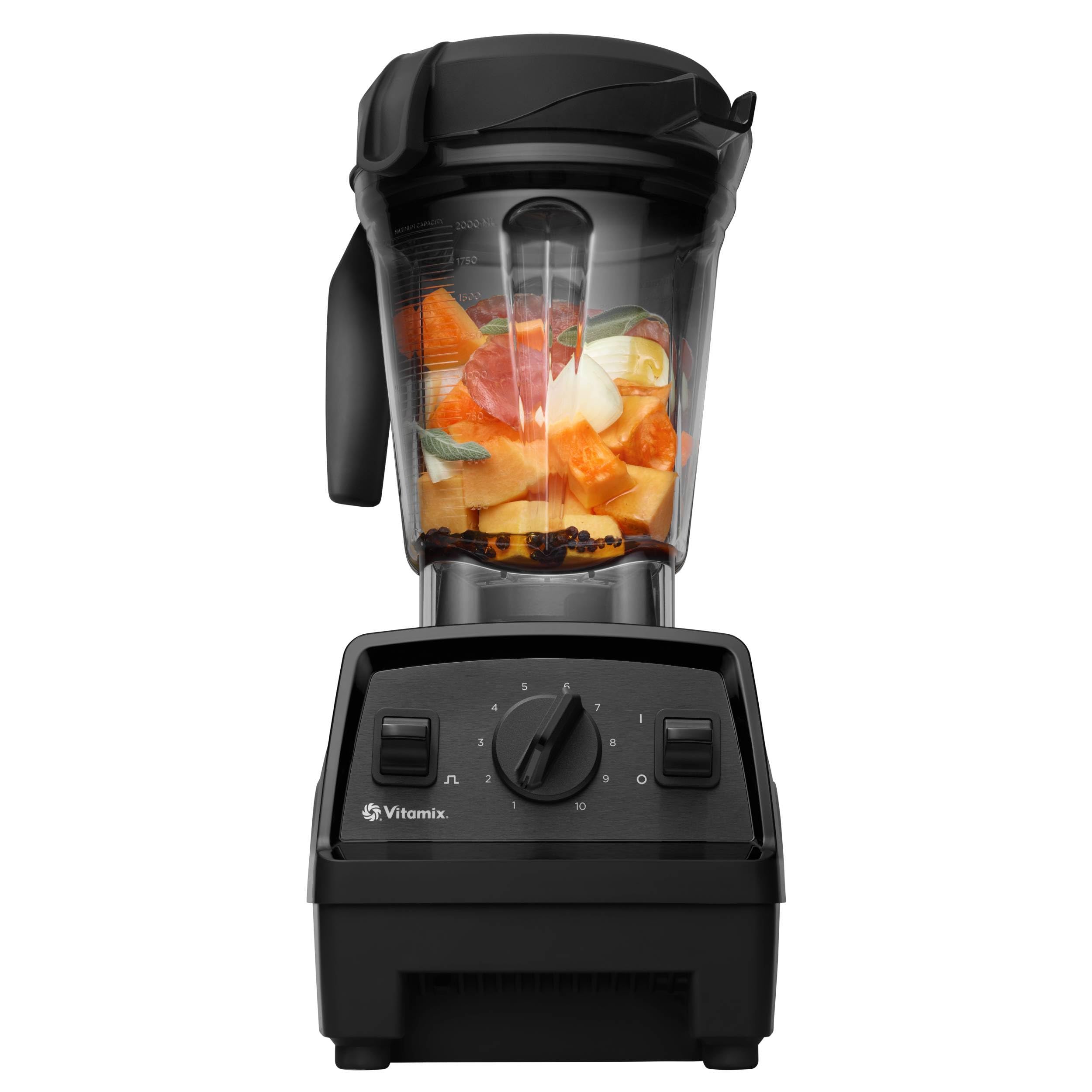Ever wondered if that dream washer and dryer combo will fit into your laundry room like a glove? Picture this: you finally decide to upgrade your appliances, but the big question remains – will they snugly slide into that perfect spot? Fear not, as we unveil the mystery behind the dimensions of a standard washer and dryer.
Imagine the relief of knowing the exact measurements before making that purchase. No more second-guessing or worrying about a tight squeeze scenario. With this article, you’ll effortlessly navigate through the world of washer and dryer sizes, ensuring a seamless fit for your space.
Get ready to bid farewell to the days of guesswork and hello to a stress-free appliance upgrade journey. Let’s dive in and uncover the key dimensions that will make your washer and dryer dreams a reality.





Understanding Washer Dimensions
If you’re considering upgrading your washer and dryer, knowing their dimensions is crucial for a seamless fit in your laundry room. Here’s a breakdown to help you navigate the world of appliance sizes:
- Standard Washer Size:
- Width: 27 to 28 inches
- Height: 36 to 42 inches
- Depth: 25 to 28 inches
- Standard Dryer Size:
- Width: 27 inches
- Height: 38 to 44 inches
- Depth: 29 to 32 inches
- Consider Clearance Space:
- Leave at least 1 inch around all sides for ventilation and access.
- Stackable Vs. Side-by-Side:
- Stackable units are a space-saving option, but ensure you have enough vertical clearance.
- Measuring Tips:
- Use a tape measure to get accurate dimensions of the space available in your laundry room.
- Alternative Options:
- Compact washers and dryers are available for smaller spaces, with different sizing requirements.
Understanding these dimensions will help you find the perfect washer and dryer combo for your home.
Standard Washer Sizes
When considering Standard Washer Sizes, it’s essential to keep the following dimensions in mind for a proper fit:
- Width: Typically 27 to 28 inches wide.
- Height: Ranges from 34 to 43 inches tall.
- Depth: Can vary from 25 to 34 inches deep.
Stackable units are a space-saving option with a standard size of around 27 inches wide by 75 inches high. Remember to measure the doorway and hallway to ensure smooth installation.
In smaller spaces, compact washers might be the perfect solution, measuring approximately 24 inches wide by 33 inches high by 24 inches deep.





Consider these measurements when selecting the ideal washer for your laundry room.
Dryer Dimensions Guide
When considering dryer dimensions, it’s essential to ensure you have the right fit for your laundry room setup. Here’s a guide to help you make an informed decision:
- Standard Dryer Dimensions: A typical dryer is around 27 inches wide, 36 inches high, and 30 inches deep. These dimensions can vary slightly depending on the dryer type and brand.
- Stackable Dryers: If you’re tight on space, stackable dryers are a great option. These dryers are designed to fit on top of washers, saving floor space. A standard stackable dryer typically has similar dimensions to a standard dryer but is usually a bit shorter.
- Compact Dryers: For small laundry rooms or apartments, compact dryers are the way to go. These dryers are smaller than standard ones, with widths usually around 24 inches and heights around 33 inches. Make sure to measure your space accurately before purchasing a compact dryer.
- Door Clearance: Don’t forget to consider the door clearance when measuring for a dryer. You’ll need some extra space for the dryer door to open fully without any obstructions.
Keep these dimensions in mind when shopping for a dryer to ensure it fits seamlessly into your laundry room.
Comparing Stackable vs. Side-by-Side Configurations
When considering washer and dryer dimensions, it’s crucial to decide between a stackable or side-by-side setup based on your space and needs:
Stackable Configuration:
- Ideal for small laundry rooms or apartments with limited space.
- Slightly shorter height compared to side-by-side models, fitting well in vertical spaces.
- Requires a vertical arrangement, typically with the dryer placed above the washer.
Side-by-Side Configuration:
- Offers convenient access for loading and unloading laundry.
- Usually larger in width, requiring more horizontal space in your laundry area.
- Allows for separate access to both the washer and dryer simultaneously.
- Space: Evaluate your available space to determine which configuration best suits your needs.
- Accessibility: Think about ease of use and how you prefer to access your appliances.
- Room Layout: Consider the layout of your laundry room to optimize space and workflow efficiency.
The decision between a stackable and side-by-side configuration largely depends on your space constraints and accessibility preferences. Take into account your specific requirements to choose the setup that meets your laundry needs best.





Tips for Measuring Your Space
When measuring your space for a standard washer and dryer, there are a few key tips to keep in mind:
- Clearance: Ensure there is enough space in front of and around the appliances for unobstructed access.
- Depth: Measure from the back wall to the front of where the washer and dryer will be placed.
- Width: Measure the space from side to side to accommodate the appliances comfortably.
- Height: Measure from the floor to any overhead cabinets or shelves to allow for proper installation.
Remember to account for door swing, ventilation, and any additional accessories when measuring your space. Taking accurate measurements can help you determine the ideal configuration and placement for your washer and dryer setup.
Here are a few step-by-step tips for measuring your space effectively:
- Gather Tools: Grab a measuring tape, pen, and paper.
- Start with Depth: Measure from the wall to the front for the depth.
- Move to Width: Measure from side to side for the width.
- Check Height: Measure the height to ensure proper clearance.
- Document: Note down all measurements for reference when selecting appliances.
By following these tips and taking precise measurements, you can ensure that your standard washer and dryer will fit perfectly in your laundry space.
Conclusion
You’ve now learned essential tips for measuring your space when setting up a standard washer and dryer. Remember to consider clearance, depth, width, and height for a successful installation. Don’t forget about door swing, ventilation, and necessary accessories. By following the step-by-step instructions provided, you can ensure accurate measurements to determine the best configuration and placement for your laundry appliances. Happy washing and drying!
Frequently Asked Questions
How should I measure the space for a washer and dryer setup?
To measure the space accurately, start by measuring the width, depth, and height of the area where the washer and dryer will be placed. Consider clearance for doors or cabinets and ensure proper ventilation space.
Why is measuring the space correctly important?
Accurate measurements are crucial to ensure the washer and dryer fit properly, allowing for door swings and easy access. It helps determine if any modifications are needed and ensures efficient installation.
What other factors should I consider when measuring for a washer and dryer?
Apart from the dimensions, consider the direction of the door swing, proximity to power outlets and plumbing connections, and any additional accessories like laundry pedestals or stacking kits.

Hi, I’m Charlie, and I cover all things laundry here at Appliance Mastery.
I’ve spent over eight years working on washing machines, dryers, and dishwashers. I also have a degree in mechanical engineering, which helps me understand how these appliances really work.
I try to make every guide clear and practical. If you’re stuck with a noisy dryer or a leaking washer, I’ll help you figure out what’s wrong and how to fix it.
